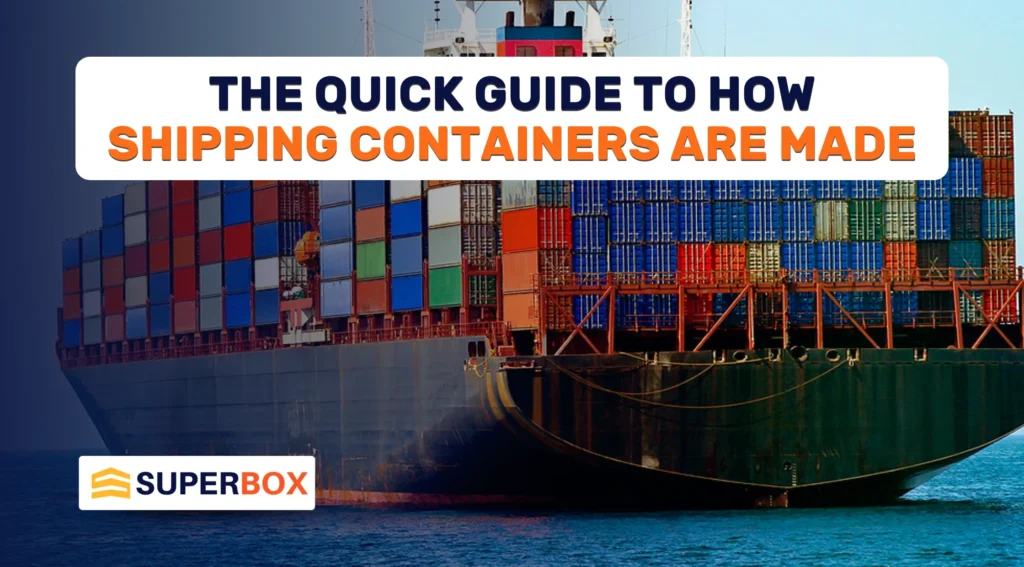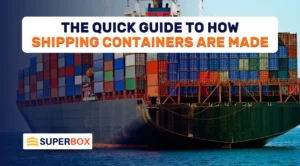Shipping containers are crucial for global trade because they provide a safe and efficient way to transport goods over long distances. Their design and construction are carefully planned to ensure they can handle heavy loads and endure tough conditions. In this blog, we’ll explore how shipping containers are made, breaking down the manufacturing process step by step. By looking at everything from the creation of wall panels to the final touches on the flooring, we can better understand why these containers are so strong and versatile. Whether they’re carrying food, machinery, or other products, shipping containers are a dependable choice for businesses worldwide.
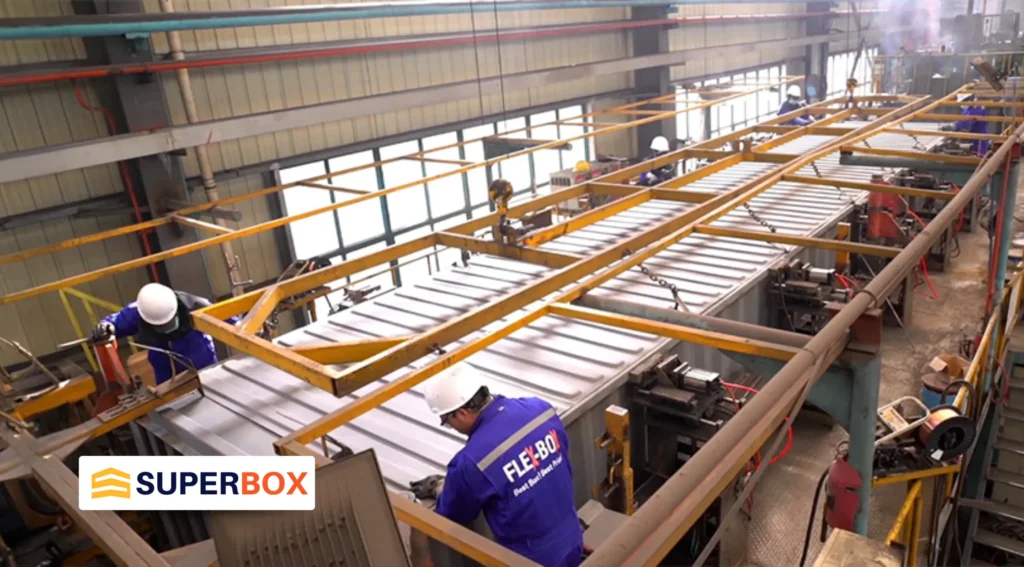
The Shipping Container Manufacturing Process
Understanding how they are made helps us appreciate their importance in global trade. In this process, each step is carefully designed to ensure the containers can handle heavy loads and rough conditions. Let’s take a closer look at each stage of manufacturing.
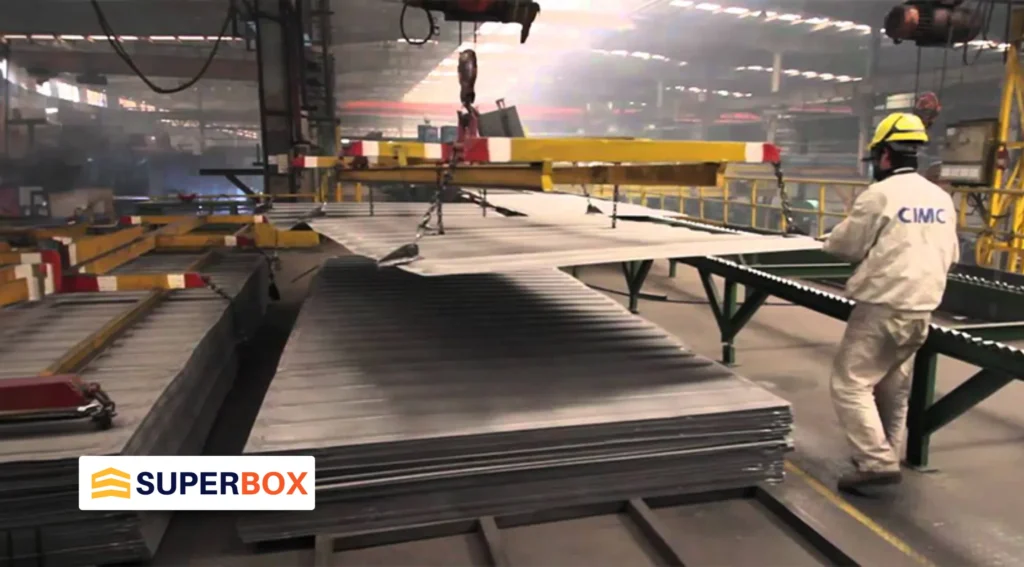
Step 1: Wall Panels
The journey of creating a shipping container begins with large sheets of corten steel. These sheets are cut into specific shapes and sizes to form the wall panels of the container. Each wall panel includes sturdy corner posts that play a critical role in keeping the container stable. These corner posts help support the weight of the container when it’s stacked or moved. By designing these panels this way, manufacturers ensure that the containers can withstand the stresses they face during transportation, making them reliable for shipping various types of cargo.
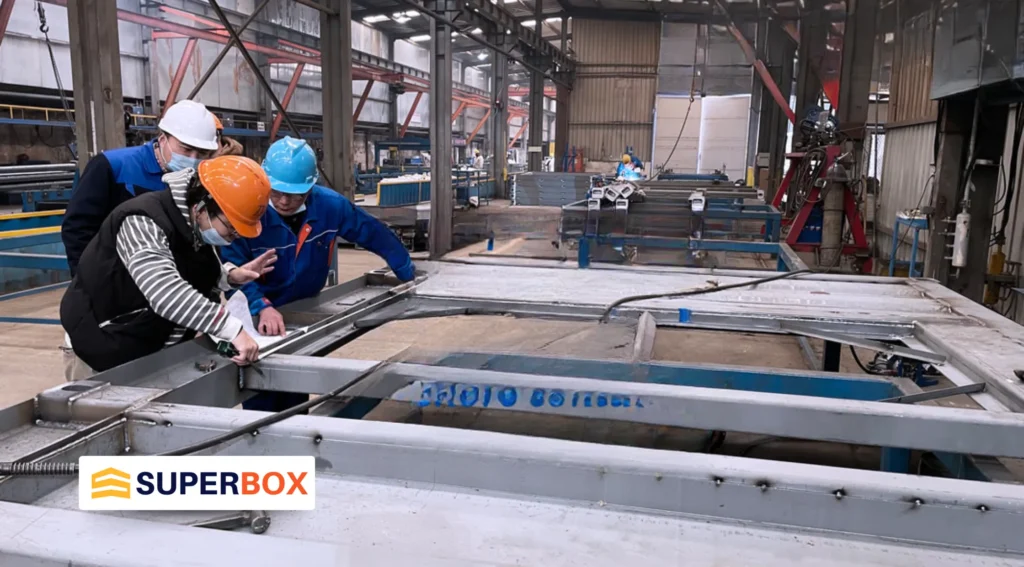
Step 2: Floor Frame
After the wall panels are completed, the next task is to build the floor frame. This frame is constructed using square steel tubing, which is known for its strength and durability. The floor frame serves as the foundation of the container, and it is welded to I-beams, creating a solid base. This strong foundation is essential for safely carrying heavy loads, ensuring that the container doesn’t bend or break under pressure during shipping.
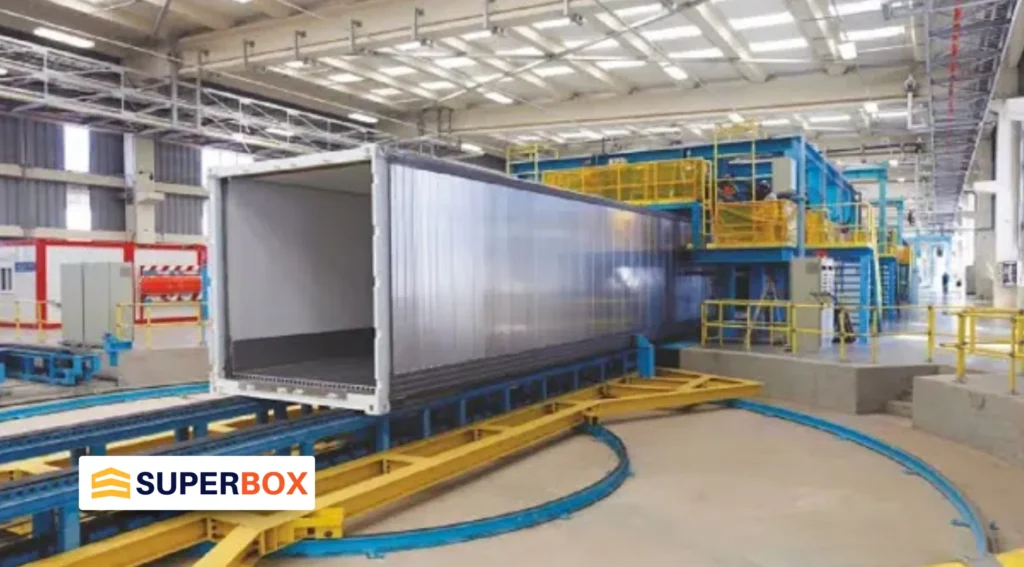
Assembly of Components
Once the wall panels and floor frame are ready, the assembly process begins. Welding is a crucial part of this stage, as it joins the wall panels, floor frame, and roof panel together into one strong unit. This welding process creates a unified structure that is robust enough to handle the rigors of transport. The use of corrugated steel in the walls further enhances the container’s strength, making it more resistant to damage from impacts or harsh weather conditions during its journey.
Final Touches
To make sure the shipping containers last a long time, they go through a final finishing process that includes priming and painting. This protective coating is important because it helps prevent rust and corrosion, which can occur when metal is exposed to moisture. Sometimes, additional layers of protection are applied to increase durability even further. This attention to detail ensures that the containers remain in good condition, even after years of use in various environments.
Doors and Seals
After the main structure is assembled, it’s time to install the doors. This step involves adding handles and locking mechanisms to keep the contents secure and safe during transport. Rubber seals are also installed around the doors to make the container weatherproof. These seals are crucial because they prevent water and dirt from getting inside, protecting the cargo from potential damage, especially for items that are sensitive to moisture.
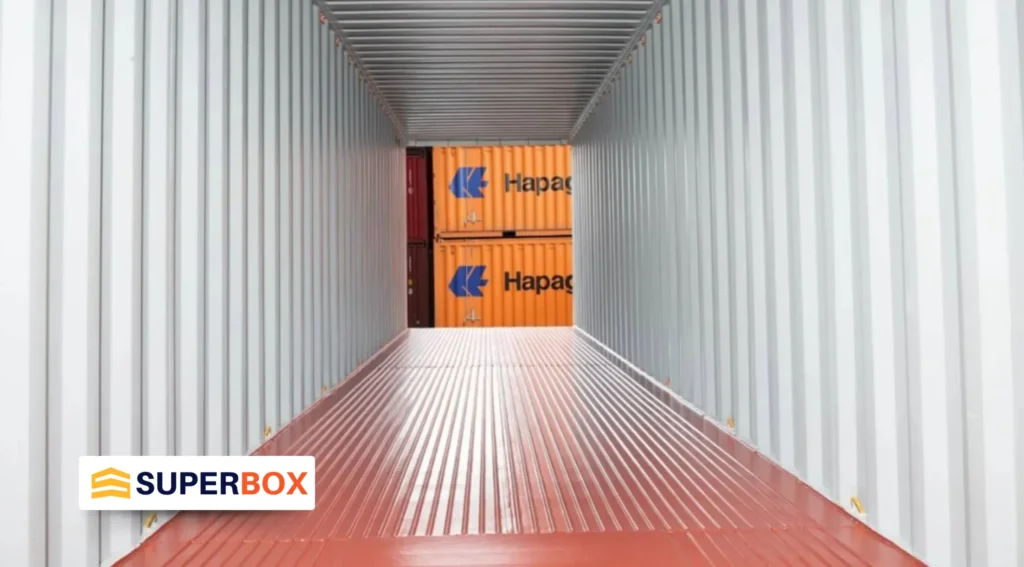
Flooring Options
Finally, the last step in the manufacturing process involves selecting the flooring for the inside of the container. Different options are available, including a steel floor, which is strong and ideal for carrying heavy loads. Some containers may use wooden flooring, which can be better suited for specific types of cargo, like delicate items. Each flooring choice offers unique advantages, allowing the container to be customized based on what it will be transporting.
Conclusion
In summary, making shipping containers involves carefully planned steps that ensure their strength, safety, and flexibility for global trade. Each stage, from crafting the side walls from large steel sheets to constructing the floor frame and screwing it in place, is crucial for producing containers that can handle heavy loads and tough conditions.
Understanding how shipping containers are made highlights their important role in moving goods efficiently and showcases the skill and engineering behind their design. As these containers continue to be essential in international trade, their sturdy construction and versatility make them key players in today’s global economy.
Discover Quality Shipping Solutions with SuperBox
At SuperBox, we take pride in offering high-quality shipping containers tailored to suit your needs. Our commitment to customer satisfaction means that we promise our products will not only meet but exceed your expectations.
Are you looking for the ideal shipping container for your business? Don’t hesitate to reach out! Contact us today at 210-557-006, and discover how SuperBox can make a difference for you. Let us help you find the perfect solution for all your shipping needs!

